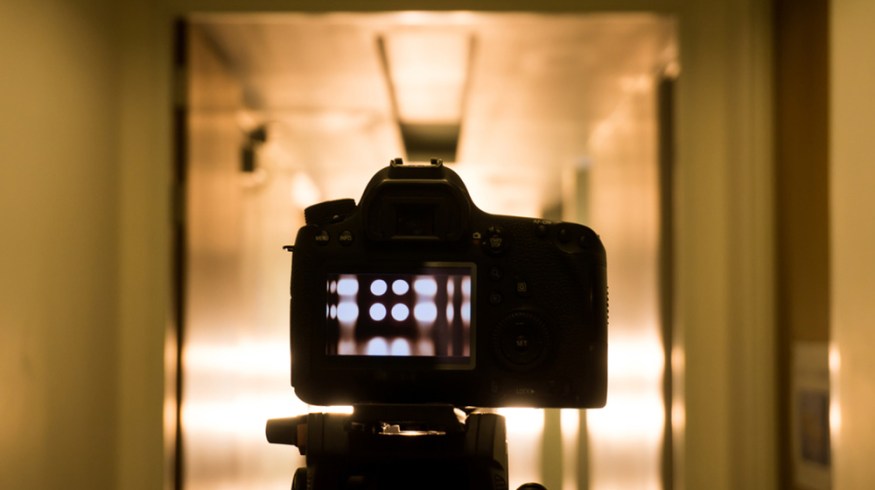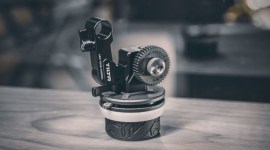
Improve Your Next Project with The Art of Bouncing Light
Bounced light can soften your lighting without the use of diffusion materials, flags, or extra stands. Take a look at how it’s done.
Cover image via Komsil.
Bouncing light is a fascinating-yet-simple concept that can instantly elevate your cinematography. In this article, we’ll take a look at how bouncing light can help improve your shoot in ways you haven’t even considered.
Bounce Light
Bouncing light is the process of redirecting a main light source onto a reflective or “bounce” surface, essentially taking your spotted and harsh light and turning it into an area light. You can bounce light off of anything from a white wall to a drop ceiling to a piece of white bead board. By bouncing your light onto a new material, this material becomes the larger light source — not the lighting fixture. Bounced light will usually be “larger,” creating a much softer throw and spread. Which makes it more pleasing to the eye.
Limited Space
Bounced Light is perfect in small spaces that can’t accommodate a lot of equipment. Let’s say you’re shooting in a cramped office environment. You barely have enough room to set a light, let alone fly in a 4×4 frame of diffusion material. To combat this, you can easily bounce your lighting.
By simply shooting your light into the ceiling or onto an adjacent white wall and using that as your light source, you fill the room with a beautiful, soft, and even bounced light. This is an incredibly simple process that can produce outstanding results. Even a simple bounced source can make the lighting on your subject far more cinematic.
Materials
The materials you can use to bounce light vary greatly — sometimes, the locations themselves determine what you can use: a ceiling, white muslin, foam insulation. Typically, when you’re using bounce sources, you’ll want to ensure that the bounce won’t affect the color quality of your light. For example, if you’re in a room with slightly yellow walls, once you bounce your light off of them, your lighting become slightly yellow, too.
If you want to bring in your own bounce material for more color control, one of the best (and easiest) things you can use is white foam insulation from any home improvement store. This versatile material is easy to work with, and it can even help you bounce the sun to even out your lighting. This material has become a filmmaking staple, and you’ll find it on practically every professional set.
Bounced lighting can really improve the look and feel of your work. It’s super easy to work with, and in many cases, it doesn’t cost you anything. Essentially, bounced lighting boils down to understanding that the larger the light source, the softer its spread.
Looking for more info on lighting? Check out these articles.






